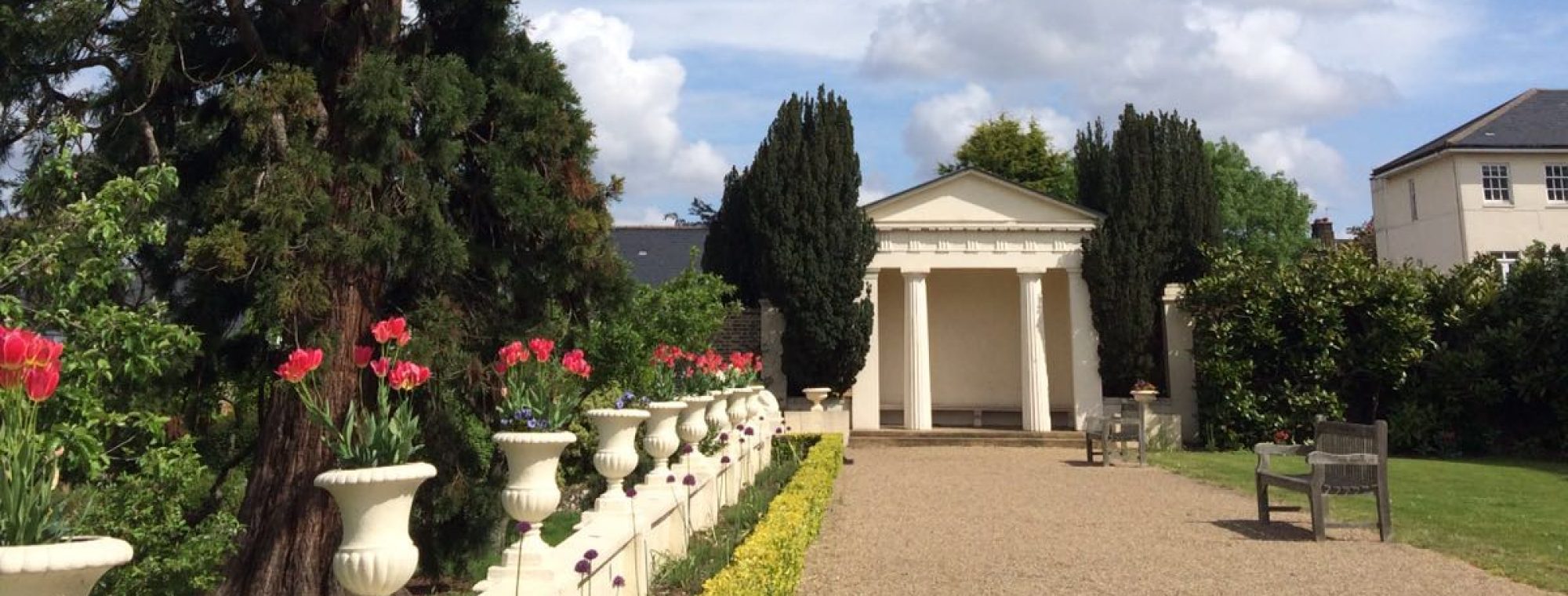The site has a fascinating history, with the most well known occupant being, Philanthropist Sir Henry Tate (1819-1899) the famous sugar magnate and art collector responsible for the opening of the first Tate Art Gallery. However, it is thought that there has been a house of some description on the site for centuries prior to this. Previously the house was known as ‘Park Hill’ the land for which was acquired in1829 by William Leaf, a successful London soft goods merchant. William Leaf employed the then well known Georgian Architect of the time, John Bounaroti Papworth and it was Papworth who was responsible for what in essence, is the design of the house and gardens as they stand today. As a prolific architect of the time, Papworth was referred to by his contemporaries as the ‘Michaelangelo’ of their profession. Around 2,600 of his drawings are held in the RIBA archives of which 112 relate to Park Hill whilst under the ownership of William Leaf. After the death of Lady Amy Tate in 1919, Park Hill fell into the ownership of the ‘Congregation of the Poor Servants of the Mother of God’ and was established as St Michael’s Convent in 1923. Whilst the Georgian House, Coach and Lodge Houses remain in the beautiful landscaped gardens with its orchard, Grotto and Folly, the estate was further added to in 2000, by way of a discreet small residential development, overseen by English Heritage, of Georgian style townhouses arranged in form of a Georgian Square set back from the gardens, and a small row of delightful cottages nestling alongside the edge of the gardens.
The site is grade II listed.A more detailed history of Park Hill is available through Streatham’s local history group ‘The Streatham Society’. Additional information and photographs are also available through The Tate Gallery archives.

